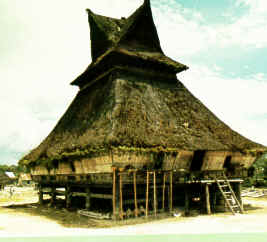
217.5 million people inhabit approximately 11,000 independent islands in the country of Indonesia. These individuals obtain clean water in many different ways and in some cases some individuals do not have access to clean water. Obtaining water in Indonesia predominately depends upon location and resources.
Who/Unicef - world organizations have combined forces to produce a joint monitoring Program for water supply and sanitation.The last updated report was done in July of 2004. According to this report Indonesians obtain water from sources that are piped into wells, piped into yard plots, public tap, Open well in dwelling, open public well, River, stream, Rain water, tanker truck, from bottled water, ext.
These statistics are important to analyze. From these statistics we are able to extrapolate and tabulate certain water collection sources and apply technologies to improve water quality and increase water supply collections.
The Who/Unicef report can be obtained by (clicking here or the link above).
Rainwater collection is minimally practiced in Indonesia. Less than 2.3% of the countries total population actually aquires water through rainwater harvesting.



